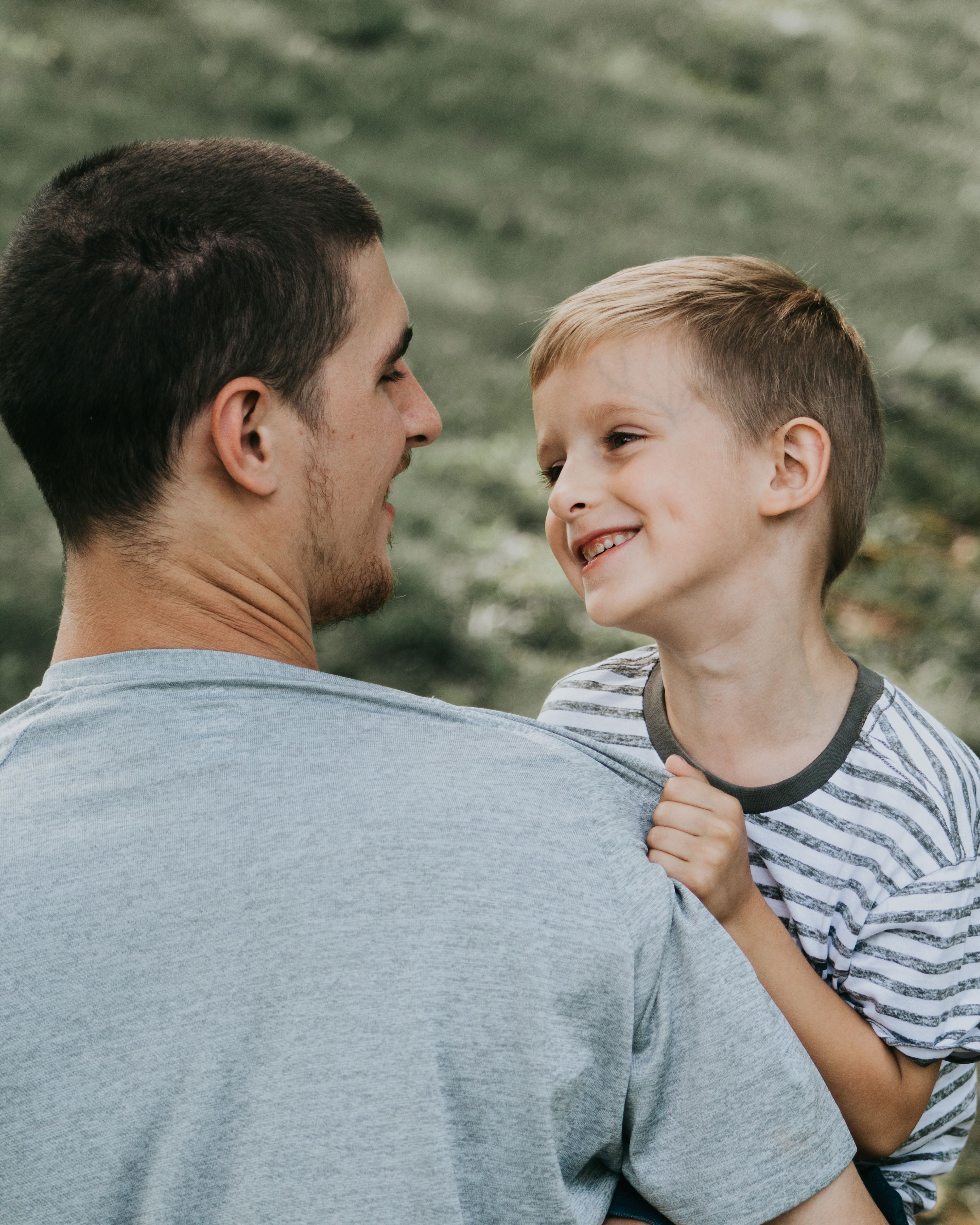What does attachment actually mean? Here is what I know after many (Many) years of reading about this…
The term ‘attachment’ began with a psychologist named John Bowlby and was later expanded on by Mary Ainsworth. Attachment refers to the sense of security that a child experiences with their caregiver. It is broken down into two main types of attachment – secure and insecure. So a child who experiences a caregiver who is able to accurately read and respond to their needs would develop a ‘secure attachment’ and a child who does not experience this may develop an ‘insecure attachment’.
Why does this matter?
Psychologists have been researching parent-child relationships for many decades and researchers have been able to follow children with different attachment styles throughout their lifespan. They have found that children with a secure attachment develop healthier relationships later on in life and children who had insecure attachment patterns continue to struggle in their relationships later in life. And I think we can all agree that the quality of our relationships as adults is pretty important to our overall happiness, right?
How can I create a secure attachment with my child?
 Attachment is formed by the way a caregiver responds to their child’s distress and how the caregiver supports their child’s exploration. Essentially, you want to follow your child’s needs whenever you can. (This does NOT mean giving them everything they WANT and it DOES mean always keeping safety as a #1 priority). When we talk about following children’s needs, we mean that when they are upset and in need of comfort you are available to give it, and when they are ready to play and explore independently you are able to let them go (safely), watch over them, and enjoy it with them.
Attachment is formed by the way a caregiver responds to their child’s distress and how the caregiver supports their child’s exploration. Essentially, you want to follow your child’s needs whenever you can. (This does NOT mean giving them everything they WANT and it DOES mean always keeping safety as a #1 priority). When we talk about following children’s needs, we mean that when they are upset and in need of comfort you are available to give it, and when they are ready to play and explore independently you are able to let them go (safely), watch over them, and enjoy it with them.
YIKES, I know what you are thinking – I’m busy and exhausted! And trust me – I know. This isn’t possible all of the time. You can’t always stop in the middle of cooking dinner while tending to an infant while your toddler is drawing on the walls and you need to be out of the house for hockey practice in 5 minutes. It is not always possible to stop and give the perfect, most comforting response for every single tear and to delight in every block that makes it on the tower – and that’s okay.
You can still develop a secure attachment with your kids if this doesn’t happen perfectly every time – no one is perfect. Research tells us that we need to get this right about 80% of time to form a secure attachment – now this doesn’t mean that you can just respond perfectly until 6pm then call it a day (I know) – it means that you can give yourself a break, remind yourself that no one is perfect, be compassionate towards yourself, and try again for the next influx of tears that you know is coming in the next 3 to 5 minutes.
Until next time,
Meg
Want to learn more? Here are some books I recommend:
Raising a Secure Child – How Circle of Security Parenting Can Help You Nurture Your Child’s Attachment, Emotional Resilience, and Freedom to Explore – by Kent Hoffman, Glen Cooper, and Bert Powell
References:
Powell, B., Cooper, G., Hoffman, K., Marvin, B. (2014). The Circle of Security Intervention: Enhancing Attachment in Early Parent-Child Relationships. The Guildford Press, New York.
No responses yet